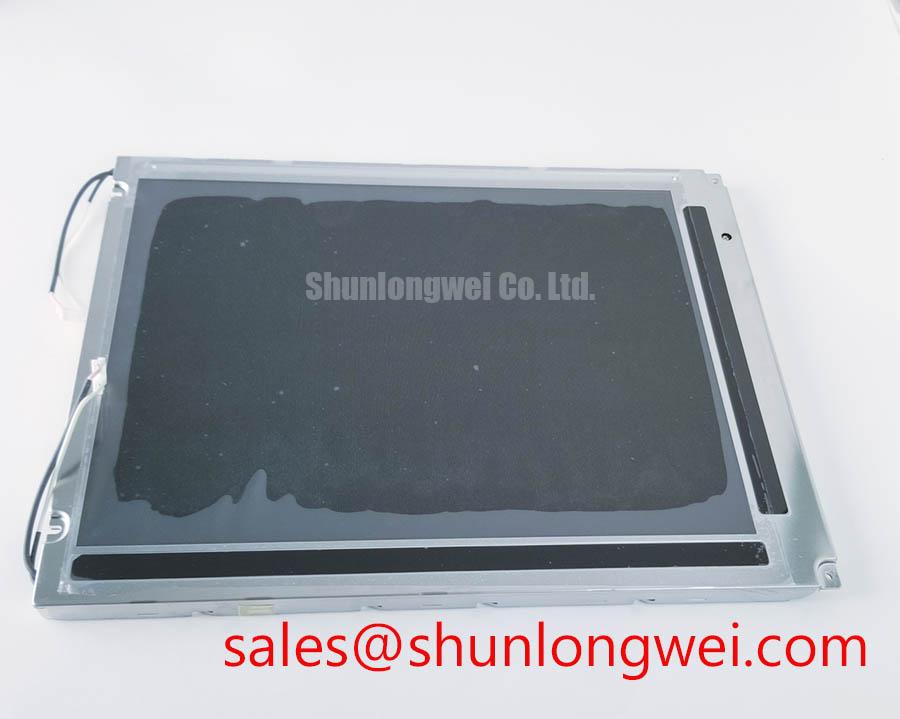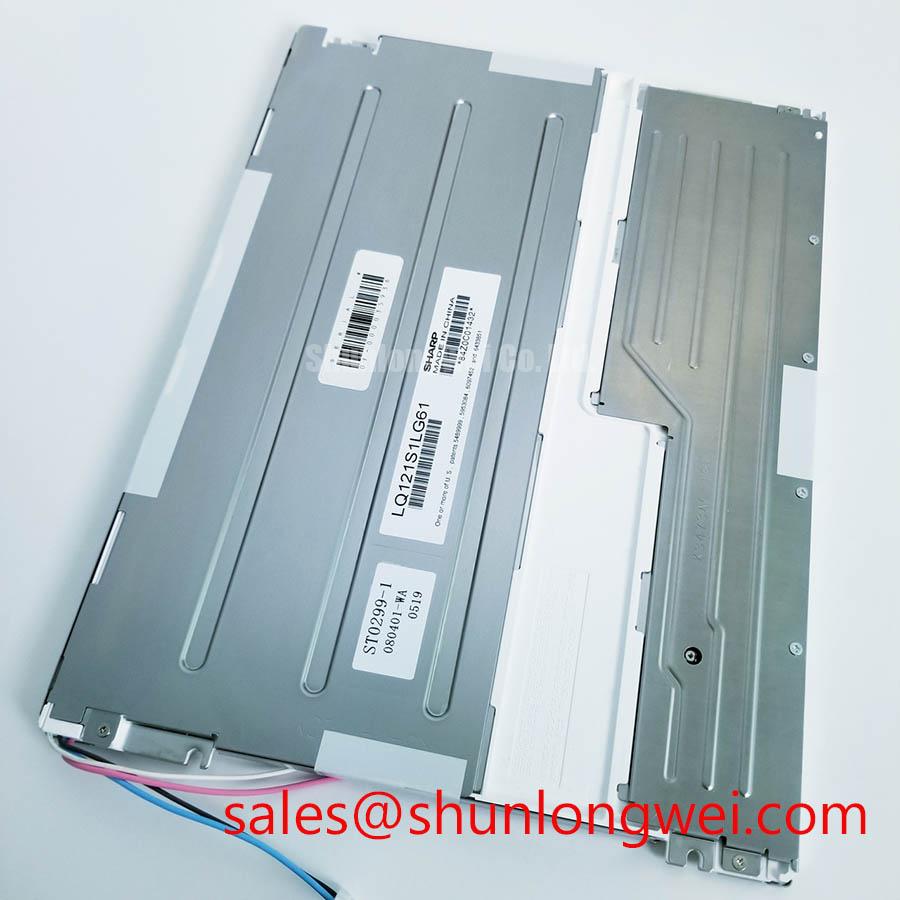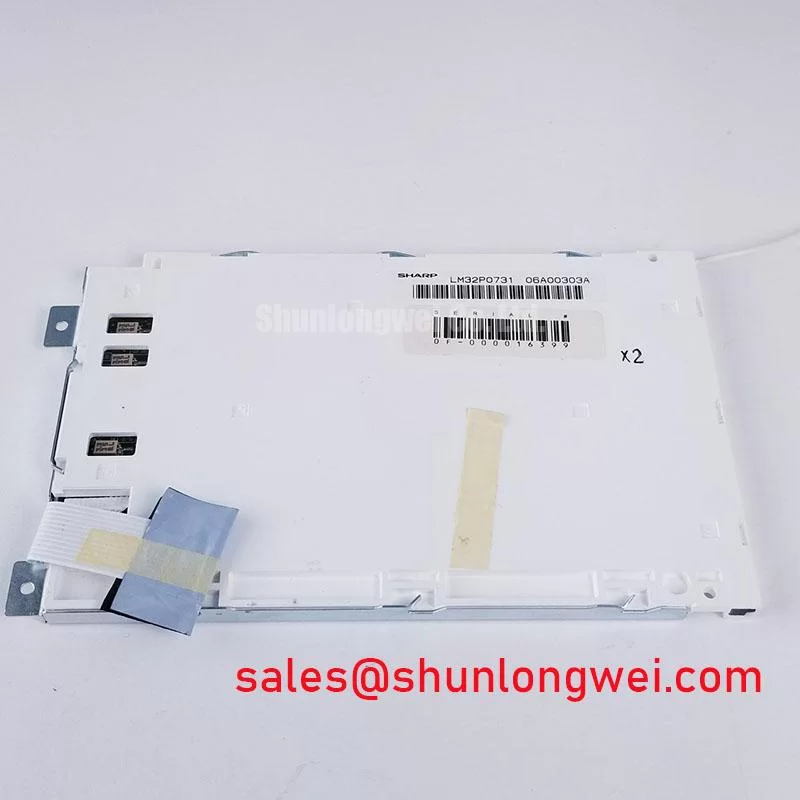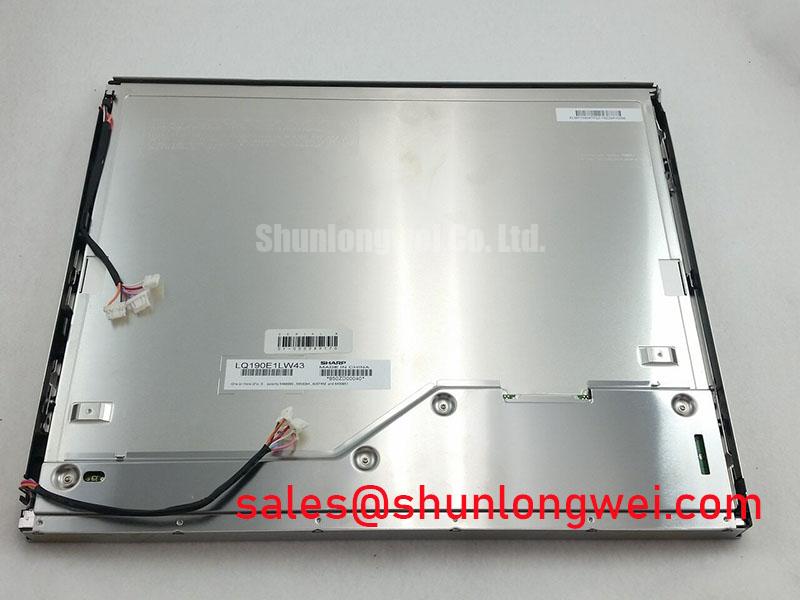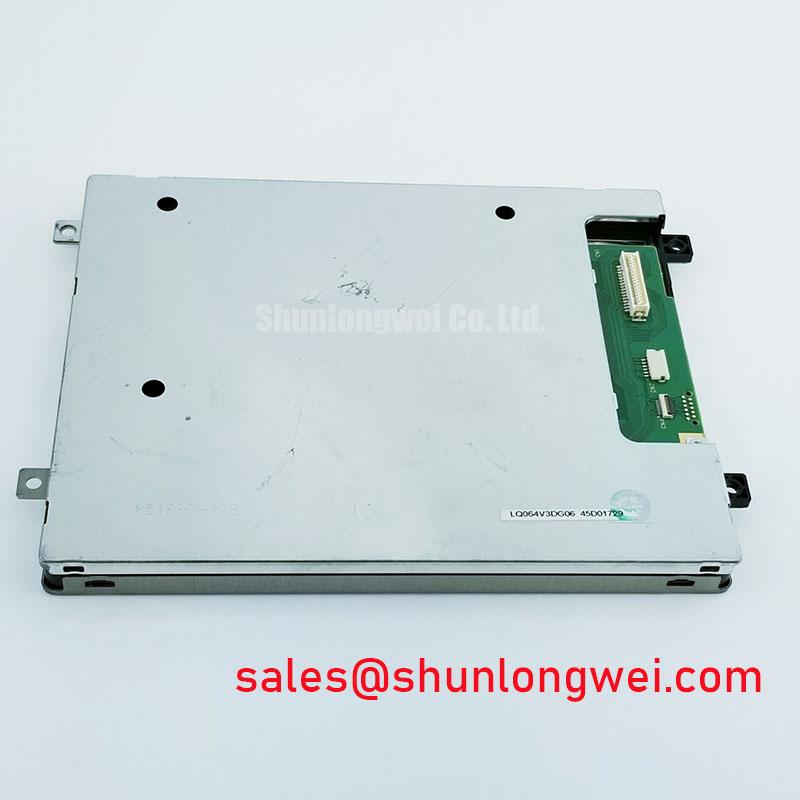Content last revised on November 15, 2025
Sharp LQ12S41: 12.1" SVGA Display for Industrial Use
Introduction to the LQ12S41 Color TFT-LCD Module
Engineered for sustained performance in demanding industrial settings, the Sharp LQ12S41 is a robust 12.1-inch SVGA color TFT-LCD module. It delivers operational integrity across a wide thermal and vibrational range, making it a durable component for critical human-machine interfaces. With key specifications of 800x600 Resolution | -10°C to +70°C Operation | 50,000-Hour Backlight Life, this display provides long-term reliability and clear data presentation. Its proven resilience answers a key engineering concern: it can be confidently deployed in environments like unheated factory floors or vehicle cabins due to its specified thermal tolerance and mechanical stability.
Key Parameter Overview
Specifications for Resilient Deployments
The technical specifications of the Sharp LQ12S41 are foundational to its reliable performance in challenging operational contexts. This parameter table highlights the attributes most relevant to system designers focused on durability and lifecycle value. Each specification contributes to the module's suitability for industrial-grade applications where consistency and longevity are primary design drivers.
| Parameter | Value | Engineering Significance |
|---|---|---|
| Screen Size | 12.1 inches | Provides a substantial active area for complex HMI layouts without demanding excessive panel space. |
| Resolution | 800 (RGB) x 600 [SVGA] | Offers a standard resolution suitable for a wide range of industrial control software and diagnostic displays. |
| Operating Temperature | -10 ~ 70 °C | Enables deployment in non-climate-controlled areas, reducing the need for auxiliary heating or cooling systems and lowering system complexity. |
| Vibration Resistance | 1.2 G (11.76 m/s²) | Ensures screen stability and prevents connection failures in mobile equipment, transportation systems, or near heavy machinery. |
| Backlight Lamp Life | 50,000 Hours (Typ.) | Minimizes maintenance requirements and total cost of ownership, crucial for equipment intended for long service life. This long life is a testament to its design for industrial use, a concept further explored in industrial vs. consumer display comparisons. |
| Surface Treatment | Antiglare | Improves readability under varied industrial lighting conditions by diffusing reflections, reducing operator eye strain and potential for error. |
Download the Datasheet for complete technical specifications.
Technical Deep Dive
Engineering for Durability and Visual Clarity
The design of the Sharp LQ12S41 reflects a focus on mechanical and operational robustness. The panel's ability to withstand a vibration level of 1.2 G is a critical attribute, ensuring that intermittent connections and display artifacts are mitigated in high-stress applications. What is the specified operating temperature of the LQ12S41? It operates reliably from -10°C to +70°C, a range that accommodates significant environmental fluctuations.
From a visual standpoint, the display utilizes established a-Si TFT (Amorphous Silicon) technology to deliver consistent imagery. The contrast ratio, specified at 300:1, can be likened to the clarity of a road sign in overcast conditions; it provides sufficient differentiation for operators to easily distinguish between various states and values on a control interface. This level of clarity is vital for accurate decision-making. The module’s 250 cd/m² brightness is well-suited for indoor industrial environments where extreme ambient light is not the primary challenge, but consistent readability is.
Industry Insights & Strategic Advantage
Meeting the Demands of Modern Industrial Environments
The LQ12S41 is a component aligned with the practical realities of industrial automation and field equipment deployment. As industries push for greater data visibility at the operational edge, the need for displays that can survive outside of pristine control rooms grows. The environmental resilience engineered into this Sharp module addresses this trend directly. Its robust design supports systems in sectors like manufacturing, logistics, and transportation, where equipment is often subjected to temperature swings, constant vibration, and long operational hours. Investing in such durable components helps organizations minimize downtime and protect the integrity of their HMI assets, ensuring that critical data remains accessible to operators when and where it's needed most.
Application Scenarios & Value
Where Reliability is the Benchmark: Core Applications
The specific engineering attributes of the Sharp LQ12S41 make it a well-suited component for a range of fixed-function industrial systems. Its value is most apparent in applications where long-term operational stability is prioritized over cutting-edge resolution or brightness.
- Industrial Control Panels & HMIs: In factory settings, the display's wide operating temperature and antiglare surface ensure that machine operators have a clear, reliable interface for monitoring processes and inputting commands, regardless of ambient conditions.
- Test and Measurement Equipment: The SVGA resolution is sufficient for displaying waveforms, schematics, and diagnostic data clearly. Its durability ensures the equipment can be used reliably on the factory floor or in a field service vehicle.
- Transportation and Fleet Management: For in-cab displays in trucks, forklifts, or other utility vehicles, the specified resistance to vibration is crucial for preventing screen failure and ensuring longevity.
- Legacy System Retrofits: The standard 6-bit digital RGB interface and SVGA resolution make the LQ12S41 a practical option for upgrading older CRT or early-generation LCDs in existing industrial machinery, extending the life of valuable capital equipment.
With its 50,000-hour backlight MTBF, the LQ12S41 is a prime candidate for install-and-forget HMI applications where maintenance access is limited.
FAQ
Technical Inquiries on the LQ12S41
1. Can the LQ12S41 be used in an outdoor, direct sunlight application?
With a typical brightness of 250 cd/m², the LQ12S41 is primarily designed for indoor or shaded outdoor environments. For direct sunlight readability, a display with significantly higher brightness (typically 1000 cd/m² or more) and a higher contrast ratio would be necessary.
2. What kind of interface is required to connect to the LQ12S41?
The module uses a parallel 18-bit (6-bit for each R, G, B channel) digital interface. This is a common interface for industrial panels of its generation, requiring a controller that can output standard timing signals like dot clock, H-sync, and V-sync.
3. How does the LQ12S41's vibration resistance translate to real-world reliability?
The 1.2 G rating signifies that the display can endure continuous, low-frequency vibrations typical of vehicle engines or industrial machinery without experiencing flickering, connection loss, or mechanical damage to its internal components. This is a key differentiator from consumer-grade displays. For more information, consider this guide to designing displays for heavy machinery.
4. What is the typical power consumption?
The panel itself consumes approximately 1.1W for the logic, while the CCFL backlight system consumes around 3.8W, for a total typical power consumption of 4.9W. This information is critical for the thermal and power budget of the end system.
5. Is the CCFL backlight user-replaceable?
The datasheet indicates the backlight system is integral to the module. While replacement by a qualified technician may be possible, it is not designed for simple field replacement by the end-user. The 50,000-hour typical lifespan is intended to last the operational life of many industrial devices.
Intra-Series Comparison & Positioning
Positioning the LQ12S41: A Focus on Robustness
Within the broader market of TFT-LCDs, the Sharp LQ12S41 carves out a specific niche. It is not positioned to compete on pixel density or color gamut with modern high-definition displays. Instead, its primary competitive advantage lies in its validated durability and long-term stability. When compared to other displays, including options like the LQ104V1LG61, designers choose the LQ12S41 for its specific combination of a 12.1-inch diagonal, SVGA resolution, and, most importantly, its robust environmental specifications. It is a workhorse component for systems where failure is not a viable option and the environment is less than ideal.
Success Stories / Deployment Snippets
Deployment Focus: Engineering for Longevity
While specific customer deployments are confidential, the engineering attributes of the Sharp LQ12S41 lend themselves to clear success profiles. Imagine a CNC machine on a factory floor that operates two shifts a day. The control panel is subject to constant low-level vibration from the machinery and temperature variations between winter mornings and summer afternoons. A consumer-grade display might fail within a year due to backlight degradation or connection fatigue. The LQ12S41, with its 50,000-hour backlight and 1.2 G vibration rating, is engineered to endure these exact conditions for years, ensuring the machine's uptime and reducing the total cost of ownership. How does the LQ12S41 resist vibration damage? Its mechanical design is specified to withstand 1.2 G of vibration, preventing premature failure in such environments.
Future-Proofing Your HMI Design
When specifying a display like the Sharp LQ12S41, the engineering consideration extends beyond immediate performance. It's about building a system with a predictable and extended operational life. For future iterations of a design, an engineer might assess the trade-offs between this module's proven robustness and the potential benefits of newer technologies. Key questions could include: "At what point does the power efficiency of an LED backlight justify the redesign effort?" or "Could a higher-resolution panel improve operator accuracy enough to offset the qualification costs?" The LQ12S41 serves as a reliable baseline, a benchmark of durability against which future technology choices can be measured, ensuring that any evolution in design maintains or exceeds the established standard of resilience.




